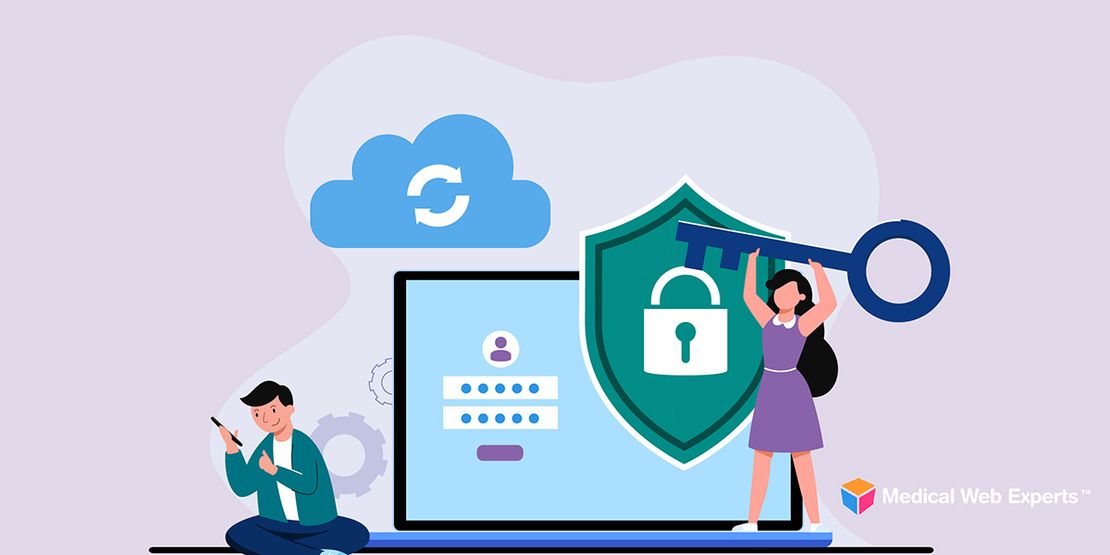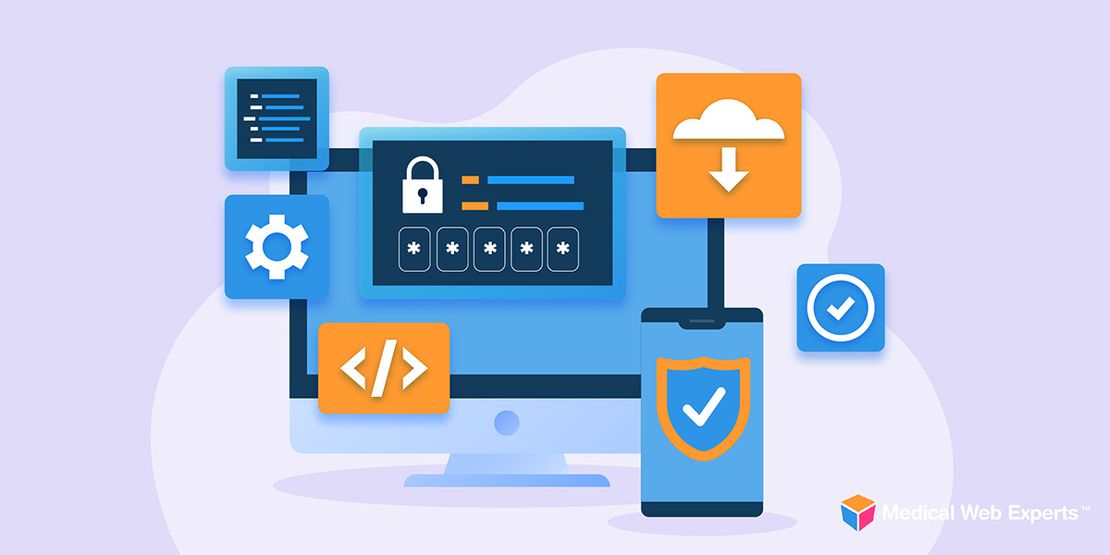Many physicians are still unsure about the value of a patient portal and how implementing one can lead to better care. I was recently asked the following questions in a group forum discussion about patient portals. My responses are based on personal experience, as well as feedback from clients and colleagues within the healthcare industry.
What is the value to a provider of having a patient portal?
The value comes from the automation of every day processes such as:
- Real-time online appointment scheduling
- Online registration for new patients
- Completion of patient history of present illness forms online
- Clinical summaries made available automatically to the patient
- Online prescription refills requests
These are just a few of the functionalities that healthcare practices carry out each day and that patient portals can automate and make easier. Plus, all of the data flows into an accessible database on its down – both for the patient and physician(s).
How can a physician practice manage an online portal?
Patients, in essence, end up managing the patient portal as they take responsibility for their health information and their health. Once the portal has been setup and processes are automated and streamlined, for the most part the portal works on its own. Physicians and staff are able to access patient-provided information either through the portal or through a patient portal interface with their EMR. This saves practices time and money, and provides a better patient experience.
Should the patient portal be a gateway of access from patient to provider?
Patient portals should be a gateway of access from patient to provider and from provider to patient. The key is to improve communication. This will lead to better, more accurate patient records and to an improved patient experience.
Where will providers find the time (time that they can’t bill for) to answer what could possibly be countless patient questions each day?
It’s a fine line for practices to walk. On the one hand, physicians want to provide better patient access and communication, but they also want to streamline processes and save time where possible. It’s impossible to tell how many patients will actually use all of the features available in the patient portal. However, it’s safe to assume that just as some patients might overuse the secured messaging feature, many other patients won’t even take advantage of it. The important thing for practices is to set limits and establish common sense communication rules for patients to follow.
Additionally, providing useful information such as patient education videos and PDFs with answers to frequently asked questions could help cut down on many of the common questions that practices receive. Another option (depending on the practice’s preference) is to monetize the patient portal by charging a tiered rate based on the amount of access a patient has to the doctor, nurse practitioner and general staff.
There’s no easy solution. However, with a combination of many of the aforementioned solutions your practice could successfully implement a patient portal and find it effective for communicating with patients.

